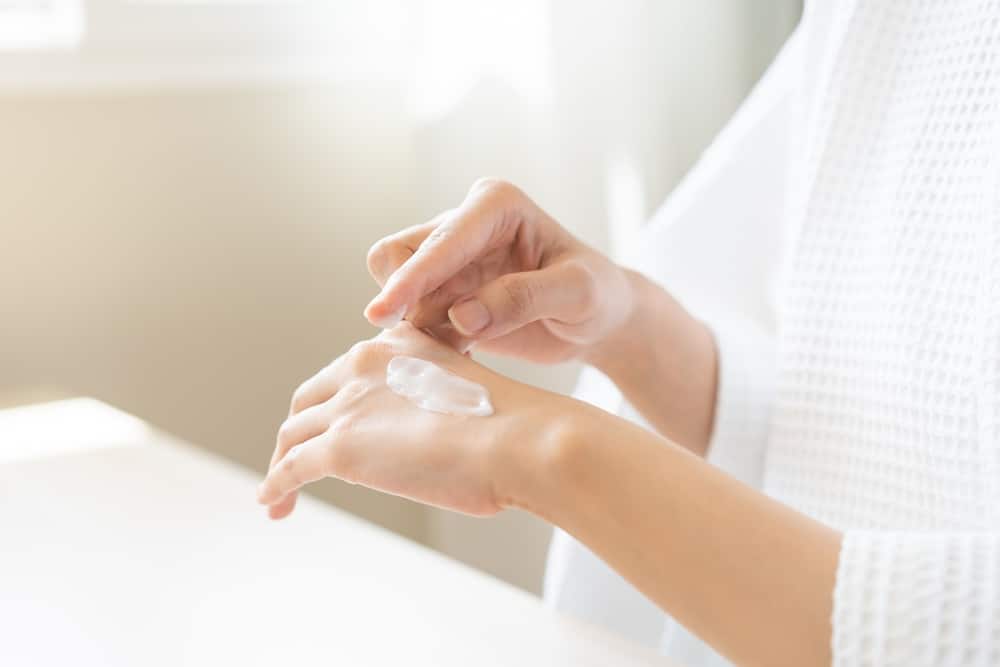Winter Rash Guide: Identifying and Treating Common Skin Conditions
 Winter weather can be harsh on the skin, often leading to uncomfortable rashes as temperatures drop. The colder months in Dallas, TX, bring unique skin challenges that sometimes require extra care and expert guidance. Dr. Ross Radusky, MD, a board-certified dermatologist at the Dermatology Treatment and Research Center, brings extensive experience addressing seasonal skin concerns like winter rashes. Known for his expertise in both general and cosmetic dermatology, Dr. Radusky is here to help you find relief this winter and all year long.
Winter weather can be harsh on the skin, often leading to uncomfortable rashes as temperatures drop. The colder months in Dallas, TX, bring unique skin challenges that sometimes require extra care and expert guidance. Dr. Ross Radusky, MD, a board-certified dermatologist at the Dermatology Treatment and Research Center, brings extensive experience addressing seasonal skin concerns like winter rashes. Known for his expertise in both general and cosmetic dermatology, Dr. Radusky is here to help you find relief this winter and all year long.
In this guide, we’ll explore the most common types of winter rashes, how to prevent them, and when it’s time to consult with Dr. Radusky for a personalized approach to winter skin care.
Common Types of Winter Rashes
Cold temperatures and indoor heating can disrupt the natural moisture balance in your skin, making winter rashes a common issue. Here are a few rashes you may encounter:
- Eczema: This chronic skin condition often flares up in the winter due to dry air. Eczema appears as red, inflamed patches that can be itchy and painful.
- Psoriasis: Cold weather can also trigger psoriasis flare-ups, leading to thick, scaly patches of skin. Stress and dry air often worsen this condition during the winter months.
- Windburn: Exposure to strong winter winds can cause skin to become red, tender, and dry. Windburn resembles sunburn but is caused by prolonged exposure to cold wind, especially on the face.
Understanding these winter-specific rashes can help you recognize symptoms early and take steps to relieve them.
Preventative Winter Skin Care Tips
Practicing preventive care can be essential for protecting your skin in winter. Here are a few dermatologist-recommended tips to help:
- Moisturize Regularly: Use a heavy, fragrance-free moisturizer to combat dryness. Apply it immediately after showering to lock in moisture.
- Avoid Hot Showers: While warming up with a hot shower is tempting, high temperatures can strip your skin of essential oils. Opt for lukewarm water instead.
- Use a Humidifier: Adding moisture to the air at home can help alleviate dry skin and keep your skin barrier intact.
Following these easy steps can reduce your risk of developing winter rashes.
When to See a Dermatologist
While many winter skin issues can be managed at home, certain rashes may require professional care. Persistent redness or itching that doesn’t improve with over-the-counter treatments often benefits from a targeted approach from Dr. Ross Radusky at the Dermatology Treatment and Research Center.
Severe symptoms, like intense itching or cracked, bleeding skin, indicate the need for expert care, as untreated conditions can lead to infections or scarring. If you experience the same rash every winter, Dr. Radusky can develop a customized plan suited to your skin type and Dallas’s unique climate.
Protect Your Skin This Winter in Dallas, TX
At the Dermatology Treatment and Research Center in Dallas, TX, we specialize in helping you manage and prevent winter rashes with personalized treatment options.
Don’t let winter rashes disrupt your season—schedule a consultation today to keep your skin healthy and comfortable. Call us at 972-661-2729 to book your appointment!